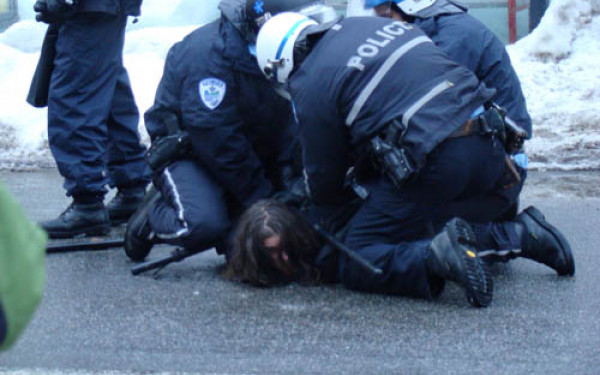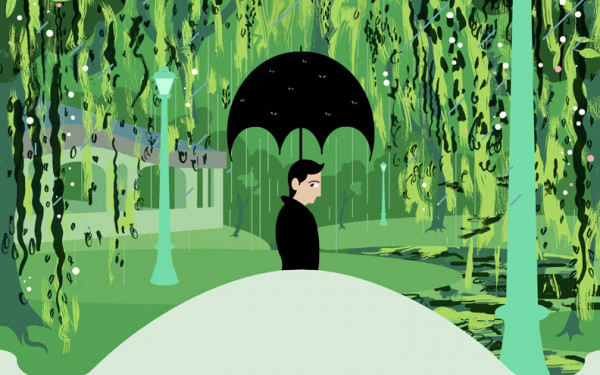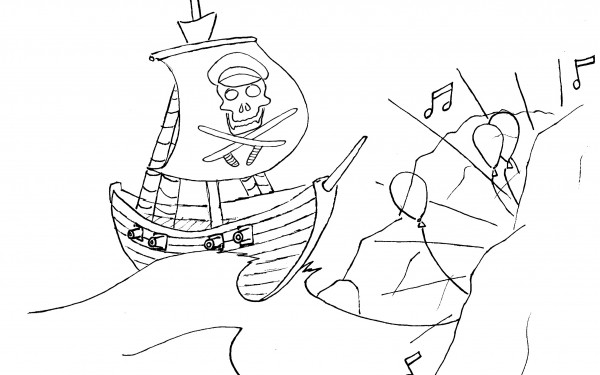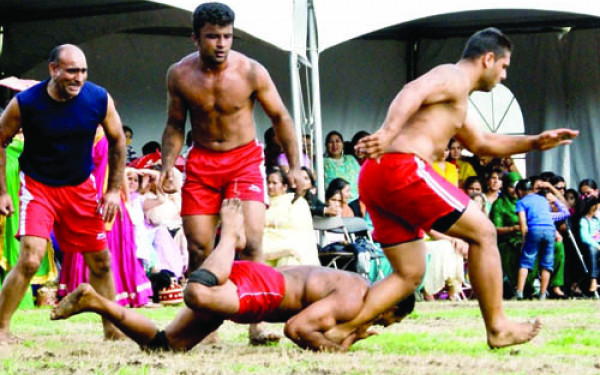A Dark Comedy and Photo Diary
I Got Drunk at Larondeen
Going to La Ronde is as Quebecois as tourtière, and although most of us have fond memories of the place, trust that you’re better off leaving it in the past.
Returning to the park is a harsh reminder that everything you loved in your youth was seen through rose-colored glasses, and now that you’re older, like with most other things, you will only see La Ronde for what it really is: utter shit.
The 1967 World’s Fair, famously known as Expo 67, is considered the most successful international fair of the 20th century. It was originally going to be held in Moscow, because of the Soviet Union’s plan to celebrate the Russian Revolution’s 50th anniversary, but because of financial restraints it was placed in the hands of Canada in 1962.
Montreal Mayor Jean Drapeau pushed ruthlessly for the city to be ready, despite pessimistic predictions in the media, and his efforts paid off. The fair put Montreal on the map, and it’s the reason behind the creation of some of the city’s most notable sights, like Habitat 67, the Biosphere, Place des Arts and what would be the first version La Ronde theme park.
Considered Expo 67’s most popular feature, La Ronde attracted 22.5 million visitors in the first year alone. While few of the original rides still stand, they’ve added over 40 roller coasters and water rides since, making it the largest theme park in the province. To locals, it’s a staple of Montreal culture that has defined our character and skyline for decades.
Prepubescent Quebecois kids go to the park to make out and smoke pot for the first time. Most of us can proudly say that our first ride was Le Monstre, the highest double-tracked ride in the world, or La Pitoune, a log flume ride that hasn’t changed since ‘67.
A friend and I were feeling reckless and decided to go to the park’s Halloween (annoyingly called Larondeen) on Thanksgiving Monday. Both of us hadn’t visited in years and we were overwhelmed with excitement as we jumped on the metro to Jean-Drapeau with a six-pack of beer and a flask of Jose Cuervo Silver.
We drank as much as we could on the way, reminiscing about our first times at the park. Once we were at the gates, we saw the place was packed—but we had come too far, so we walked to the ticket booth.
We were standing in line when a woman asked us if we wanted to get in for free. She explained that she buys extra tickets for strangers every time she visits, for no reason other than to make them happy. With luck on our side, we followed her to the security checkpoint where they barely checked our bags, allowing us to bring in all of our alcohol.
We cheered and took shots of tequila as we ran through the gates in absolute ecstasy. We hugged the mystery woman and said goodbye, not knowing that it would all be downhill from there.
Within the first few minutes I realized that the park wasn’t at all how I remembered. Larondeen was only happening in some parts of the park, albeit weakly. Faded rides sat unopened as grainy music played over an outdated sound system. Garbage floated in the fountains and covered the tables of every paint-chipped restaurant in sight.
Children were running wild—their exhausted parents had given up long ago, turning to fried food for strength. Park staff playing mummies and teen wolves stared off into the distance uninterested, drifting in and out of character as kids tugged at their costumes. A baby dressed as a minion shrieked and it split the sky as a man in a Budweiser tank top walked right into me—hell on earth.
Walking to our first ride I watched a gang of seagulls take over the patio of a hot dog stand and form a sophisticated hierarchy. A haunted house with graffiti on the wall read “no sex before marriage.” In a classic reflection of Montreal infrastructure standards, most of the park’s shops and rides are dilapidated and haven’t changed in decades, failing miserably at creating any kind of cohesive theme.
A girl with a tongue piercing beside me screamed and hit her boyfriend as we waited in yet another endless line to yet another shit-smelling bathroom. My vision was becoming blurred as I turned to my friend and told him that Banksy didn’t need to build Dismaland, because it already existed in La Ronde, a place where happiness couldn’t be found.
He answered that La Ronde was sadder because it wasn’t trying to be. “Today will be depressing,” I thought as I looked at a pile of puke on the ground.
The rest of the day would just be one sad scene after another, our only reassurance being that we didn’t pay to be there. We waited in hour-long lineups, surrounded by screaming children, watching people with Flash Passes, $75 Tamagotchis that allow you to skip the line, run right up to the coasters
Nobody else would be allowed on the rides until the Flash Pass lines were empty, but they never were, so we stood among those who paid only $15 dollars less, moving an inch forward every few minutes. Five hours went by and we did three rides. It was 9 p.m. and we had gradually reached rip-roaring drunkenness, trying to cope with the feeling that just like the park, maybe our best years had passed us by.
As we walked out of the park gates, I thought about how La Ronde was the perfect fit for our city. Reduced to a shadow of its former glory, it’s a perfect example of Montreal’s constant failure to keep up with the times.
Whether it’s our pothole ridden streets, collapsing bridges or the difficult business climate created by the government’s tough language laws, Quebec is a province that is so busy protecting its heritage that it fails to recognize the importance of innovation.
Like the rest of the province, La Ronde relies too heavily on the past, meekly trying to introduce new features, all the while failing to hide its signs of aging. The park is like everywhere else in our chaotic tumbledown town; it survives off the glory days.





